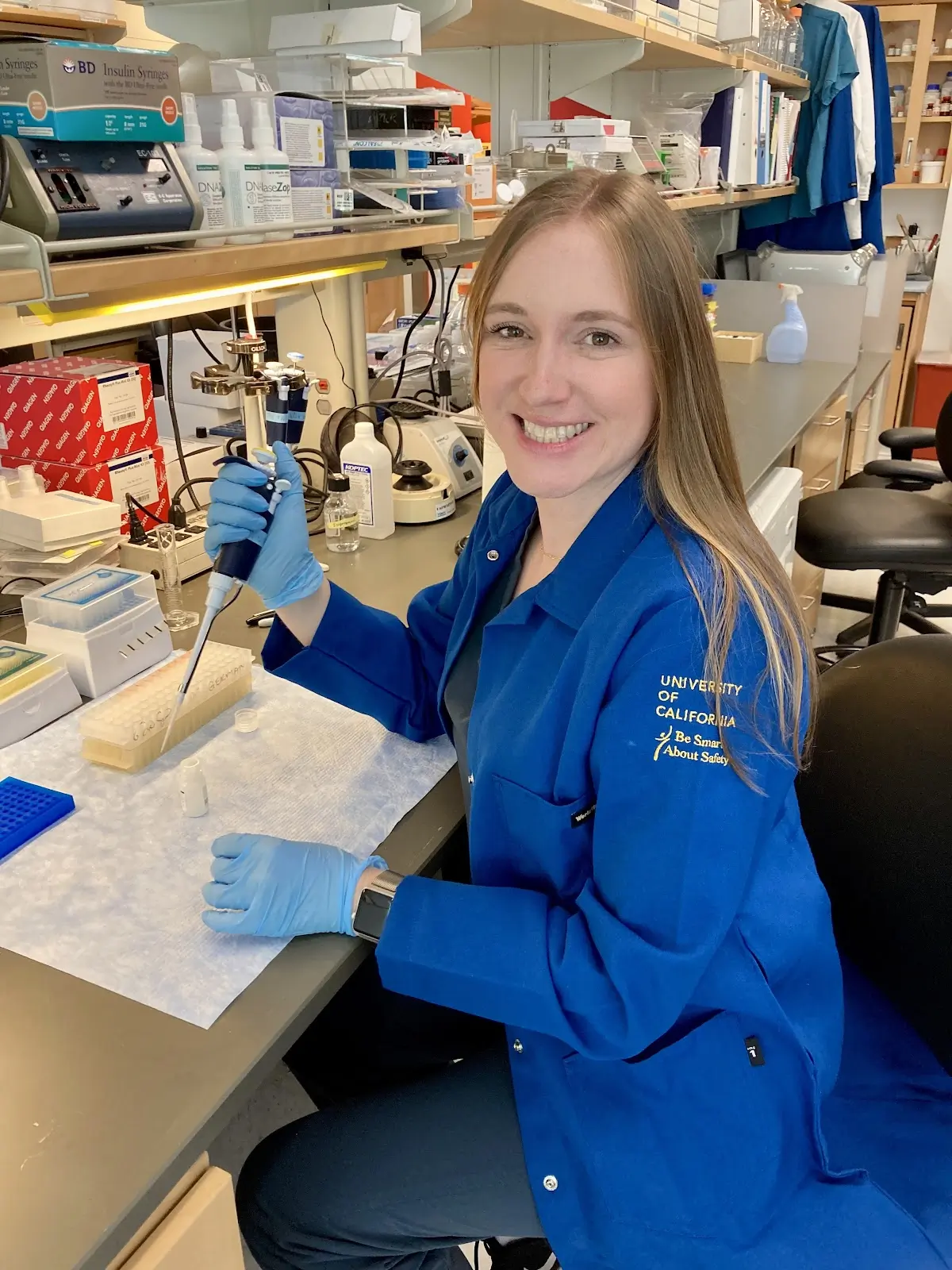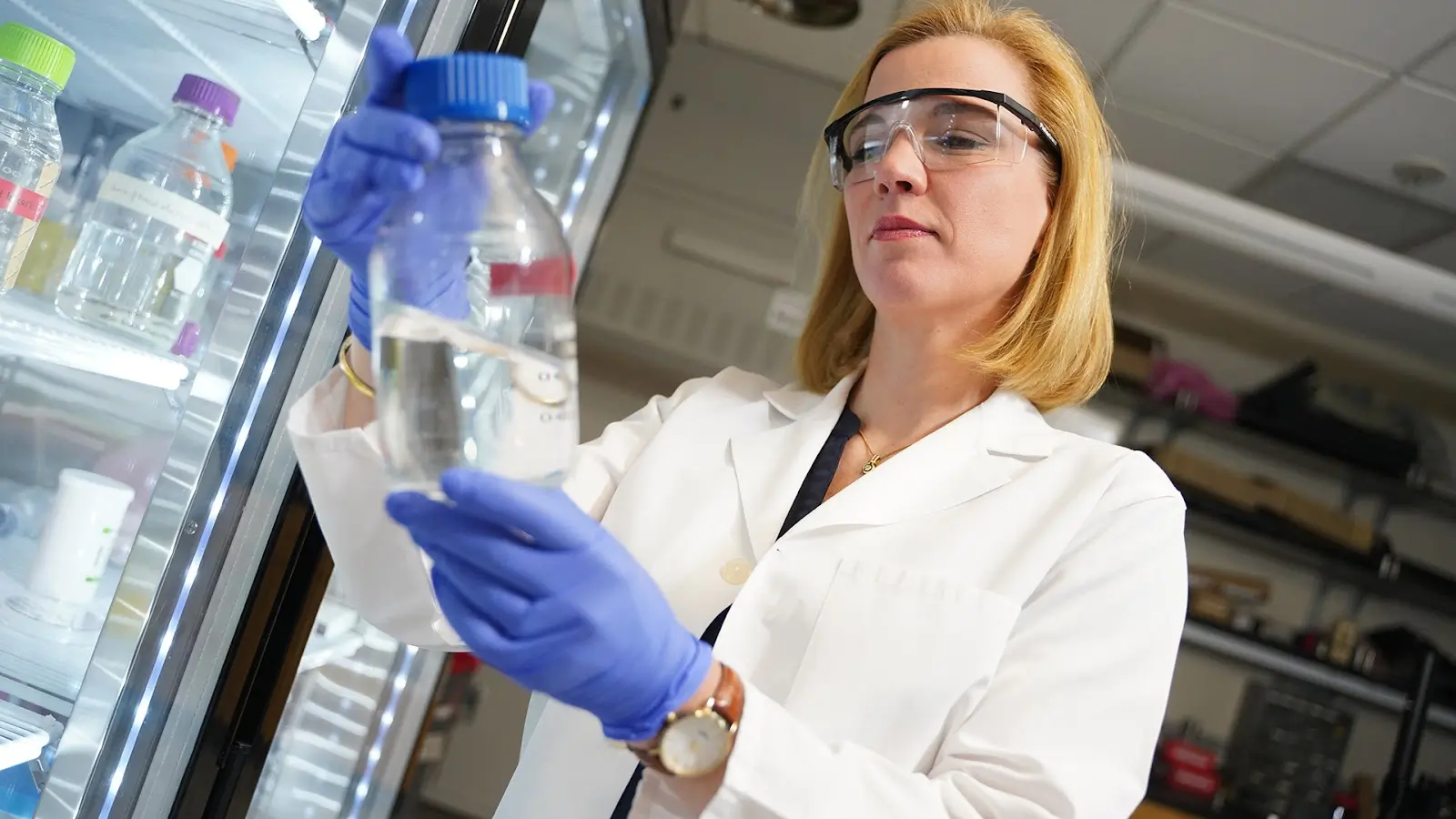Final Project Update
This report serves as a final update on our research project titled “Skeletal Muscle Health and Blood Sugar Control in Type 1 Diabetes”. In this project, we postulate that muscle wasting and poor muscle function in children with T1D is associated with, and maybe predicted by, changes in levels of branched-chain amino acids (BCAA) and their breakdown products. Since the last report, we have made significant progress even in the midst of the COVID-19 pandemic, which has affected our academic activities.
In the first stage of this project, we compared muscle mass in children with and without T1D; and identify biomarkers that associate with muscle wasting and poor glycemic control in children with T1D. We evaluated muscle mass by a novel D3-creatine dilution method. Our collaborators at UC Berkeley spearheaded development of this method and demonstrated in humans that it is a non-invasive, reliable technique. Participants in this study had a blood sample and a urine sample collected after taking a single dose of a nontoxic chemical called D3-creatine. Their body composition was also measured by a scale-like device. Parents of participating children were asked to complete a food and activity questionnaire. In parallel studies, we used a unique, comprehensive suite of assays in the Metabolomics Core Laboratory at Duke University to measure branched-chain amino acids (BCAA) and breakdown products.
I am happy to report that we successfully completed the enrollment and finalized the first stage of the project despite the COVID-19 pandemic. We enrolled 27 young children (15 females,12 males; age 6-11 years) with T1D. Measurements of muscle mass are currently in final stages of analysis. At the same time, we have measured body weight, height, body mass index, body fat percent (BF %), daily insulin requirement, continuous glucose monitoring (CGM) data, HbA1c, cortisol, inflammatory markers, and adiponectin (a marker of insulin sensitivity). Boys and girls were comparable in age, body mass index, and BF%. There were no differences in insulin sensitivity, glycemic control, inflammatory markers, BCAAs, or C2/C3/C5 acylcarnitines between boys and girls. Insulin requirement did not differ between boys and girls with T1D and did not associate with blood glucose, leptin, cortisol, CRP, adiponectin, or cytokines. In contrast, insulin requirement negatively associated with metrics of BCAA catabolism and positively with fat oxidation. These findings suggest that insulin resistance in T1D is associated with preferential catabolism of fats relative to amino acids. A research abstract has been submitted to the Pediatric Endocrine Society Annual Meeting that will take place in Chicago, April 28-May 1 st. In the near future, we will determine if metrics of insulin resistance are associated with skeletal muscle mass. Our findings will then be published and the manuscript will be made available to DRC at acceptance.
In the next part of the project, we will determine if those biomarkers of muscle mass and catabolism predict changes in muscle health and glycemic control over time. To that end, participants will be followed for 12 months.
Our study identifies preferential catabolism of fat to preserve skeletal muscle mass in children with T1D. Thus, BCAAs may serve as novel biomarkers of skeletal muscle health in T1D and might be targets for T1D treatment focused on improving skeletal muscle health. These will address our goals of delaying/preventing the development of future diabetic complications and premature death and enhancing patient evaluation and care.
We would like to express our deepest gratitude to the donors and to the staff of the DRC for supporting this project.
6-Month Project Update
I am happy to inform you that this project has been funded and I began working on it on 04/01/2020. We postulate that muscle wasting and poor muscle function in children with T1D is associated with, and may be predicted by, changes in levels of branched-chain amino acids (BCAA) and their breakdown products. In the first stage of this project, we will compare muscle mass in children with and without T1D; and identify biomarkers that associate with muscle wasting and poor glycemic control in children with T1D. To that end we will use a unique, comprehensive suite of assays in the Metabolomics Core Laboratory at Duke University to measure BCAA and breakdown products. We will evaluate muscle health by a novel D3-creatine dilution method. Our collaborators at UC Berkeley spearheaded the development of this method and demonstrated in humans that it is a noninvasive, reliable technique. A third-party supplier, Cambridge Isotope Laboratories, Inc. will be contracted to prepare and individually-package the D3Cr doses and ship them (in anhydrous form) directly to me. We will order all necessary supplies including custom-designed, filter paper-containing, retractable urine sticks, plastic pipettes and refrigerator; and we will create a RedCap Database. Once all necessary supplies are obtained, we will start subject recruitment. Participants in this study will have a blood sample and a urine sample collected after taking a single dose of a nontoxic chemical called D3-creatine. Their body composition will be measured by a scale-like device. Parents of participating children will also be asked to complete a food and activity questionnaire. In the next part of the project, we will determine if those biomarkers of muscle wasting predict changes in muscle health and glycemic control over time. To that end, participants will be followed for 12 months. This pilot study has the potential to identify novel biomarkers of skeletal muscle health in T1D, and targets for T1D treatment focused on improving skeletal muscle health. These will address our goals of delaying/preventing the development of future diabetic complications and premature death and enhancing patient evaluation and care.
Project Description
Type 1 diabetes (T1D) causes breakdown of skeletal muscle and impairs muscle function. Given the critical importance of skeletal muscle in glucose metabolism and insulin action, the loss of skeletal muscle leads to high blood glucose, high lipid levels, and insulin resistance. These in turn promote development and progression of long-term complications such as blindness, kidney failure, and cardiovascular disease. Thus, keeping skeletal muscle healthy is essential for management of T1D and preventing future complications. However, assessing muscle health in children is difficult and often impractical. Current methods, such as muscle biopsy, are invasive and risky. To that end we need new reliable and non-invasive methods/markers that associate with, or predict, muscle health in children with T1D.
My colleagues and I will measure muscle mass and function in children with Type 1 diabetes using a novel, noninvasive D3-creatine dilution method. We will correlate the measures of muscle mass and function with variations in blood sugar as assessed using continuous glucose monitors and with the levels of blood metabolites of fat, protein, and carbohydrate. This will allow us to identify novel biomarkers that associate with muscle wasting and poor glycemic control in children with type 1 diabetes.
This project has the potential to: 1) characterize a novel, noninvasive technique for measurement of muscle health in children with T1D; 2) identify novel biomarkers of skeletal muscle health in T1D; and 3) identify targets for T1D treatment focused on improving skeletal muscle health. These will address our goals of delaying/preventing the development of future diabetic complications and premature death.








